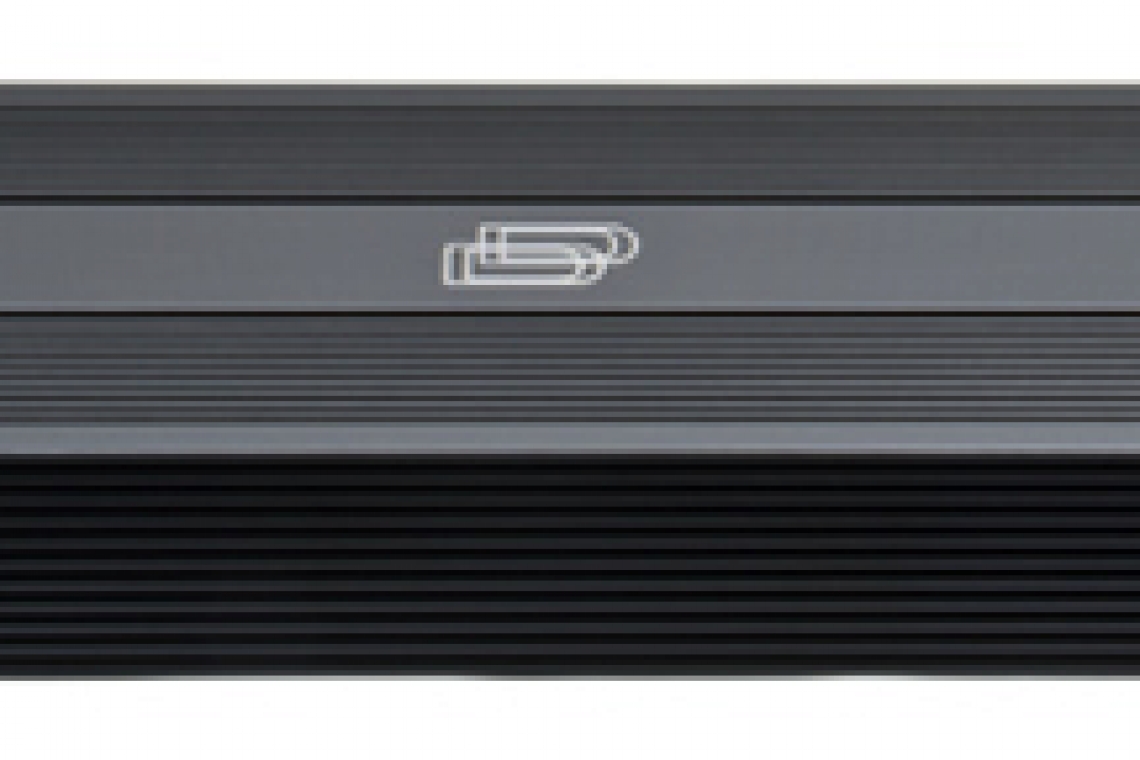As you all know Digital Designs (DD Audio) makes some big amps that are capable of producing some big wattage. What they've noticed is that many people underestimate the amount of charging system it takes to correctly power these monsters. The most common amp failures they see in their service department are smoked power supplies and outputs that are a direct results of overdriving improperly powered amps.
So, DD Audio thought they'd go over some basics for calculating your initial power needs that might be of use when designing your next system. When followed, these basics can help to achieve the desired equipment performance and save you the headache of equipment failure.
Let's pretend you're installing a DD Audio M4a amplifier and go through the initial steps to get an idea of what kind of power draw you can expect. The M4a is rated at 7000 watts at 14 volts. So, if you don't know better you might say, "great my alternator puts out 14 volts, I'm good to go", but it's not that easy.
1. No amp is 100% efficient. This means that not all the power you put into the amp will be converted into output wattage. With the M4a's Class D topology it achieves a very respectable efficiency of around 80%. So, to actually hit the rated output of 7000 watts you have to take this into consideration and supply enough power to actually achieve 8750 watts. You get this number by dividing the desired output wattage by the efficiency of the amplifier (7000/.80=8750).
2. Now assuming you have a standard 12v system where your alternator charges at 14v, simply divide the wattage you're trying to achieve (8750 watts) by your voltage (14v). This will give you the amount of amps your charging system will need to be able to provide at a constant 14v to generate the desired wattage. When you do the math it comes out to 625 amps of current (8750/14=625).
3. Next, take the amount of amperage needed for your amplifier (625 amps), add a minimum of 50 additional amps for actually running the factory electronics in your vehicle, and you'll have a solid estimate of the amperage needed to power your M4a in a constant 14v world (625+50= 675 amps). Now you have an idea of just how much your power an M4a can consume at full tilt.
Keep in mind your current draw will vary with your voltage and your volume knob, but you should always build your system to handle the highest anticipated power demands. Now you can begin to install the components of the charging system that will supply this kind of power (alternators, adequate wire, and batteries). These steps can be followed for any size of amplifier that you need to determine the maximum current draw for. For additional information on alternators, wire, and batteries that can handle your needs, we suggest contacting a reputable supplier of these types of product. If you provide them with your system's voltage, your estimated amperage needs, and the type of system you're building (daily or competition), they'll be able to make a recommendation. As always, if you need any assistance with DD Audio products, just give one of their techs a call and they'll be more than happy to steer you in the right direction.





